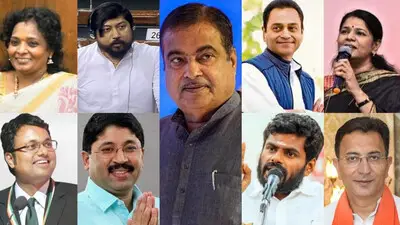Recommended Stories
Villages could face floods due to rise in sea level or rains or drought. People should be taught how to check these problems, he said inagurating an international conference and workshop on Renewable Energy and Climate Change-Exploring Opportunities for Sustainable Development(IWCRECC-2012) at the Madurai Kamaraj University here.
People should know about cultivating trees that could be used as absorbers of carbon and used for producing power from bio-mas. Similarly Bio-gas Plants also could be set up in every panchayat to take care of the local needs, he said.
Stating that even nuclear energy was a clean energy, Swaminathan said the recent protests over Koodankulam over safety fears could have been avoided by educating the public with the help of the climate risk managers. "Had people been aware of the clean energy, they would not have agitated against Nuclear energy in Koodankulam," he said.
Such climate change managers could help panchayats manage their energy needs, afforestation programmes, setting up of bio-gas and bio-mas plants.
Weather changes in the main food producing states including Punjab, Haryana and Uttar Pradesh, could affect foodgrain production and yield of wheat could come down in the years to come, he noted.
R.Seetharaman, Chief Executive Officer of the Doha Bank, Qatar, said there was need to invest more in renewable energy and India could join hands with Middle east countries in the sector.
Union Minister for New and Renewable Engergy Farooq Abdullah who was participate in the conference could not make it and a message from him was read out. In his message, Abdullah noted that the country wanted 10 per cent of the electricity to be generated using new and renewable energy in the next five to seven years.
The Jawaharlal Nehru National Solar Mission aimded at generating 20,000 MW by 2022. One of the objectives was to bring down cost of the solar power generation to grid parity levels and for this research and development was necessary.












